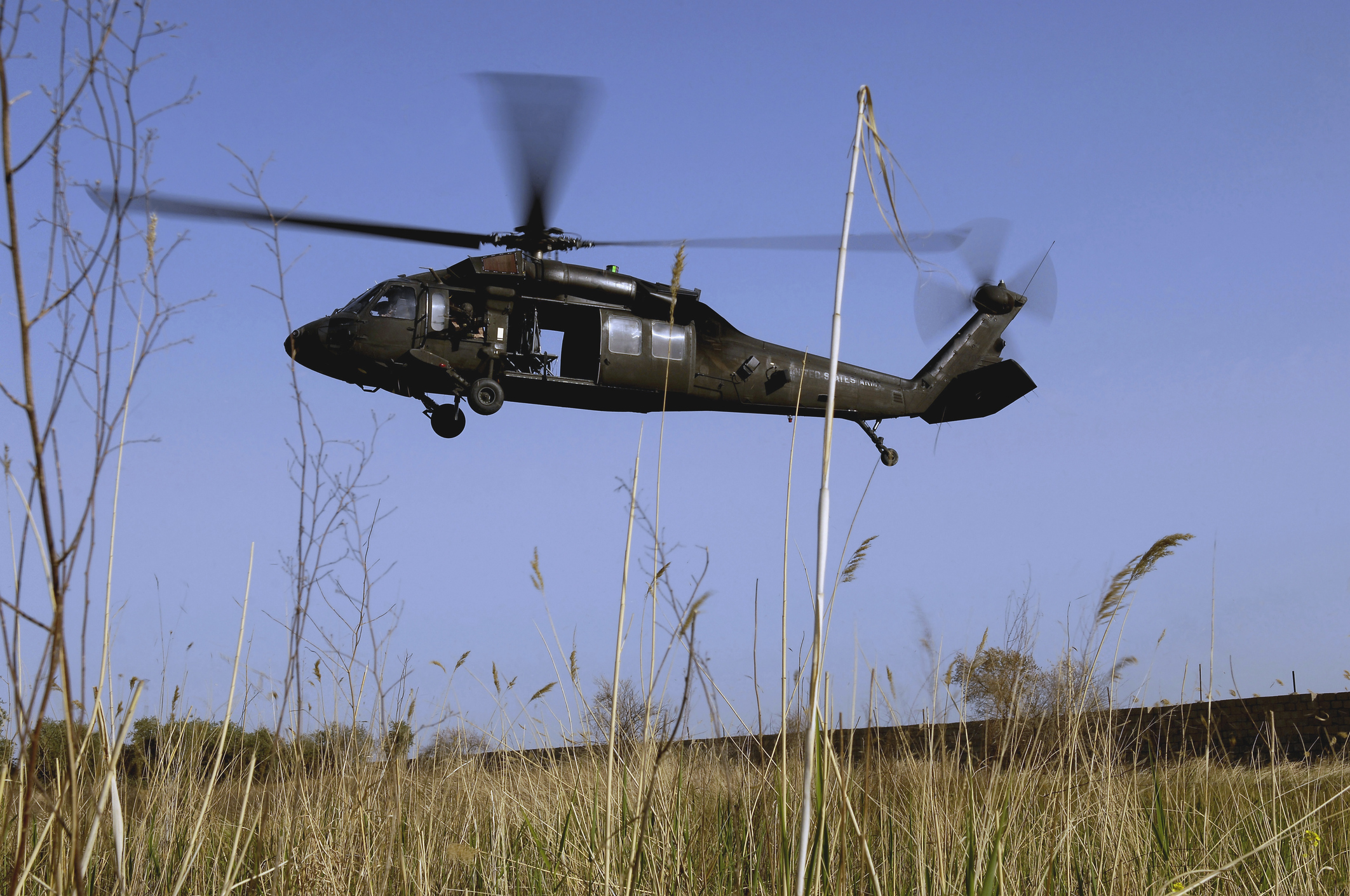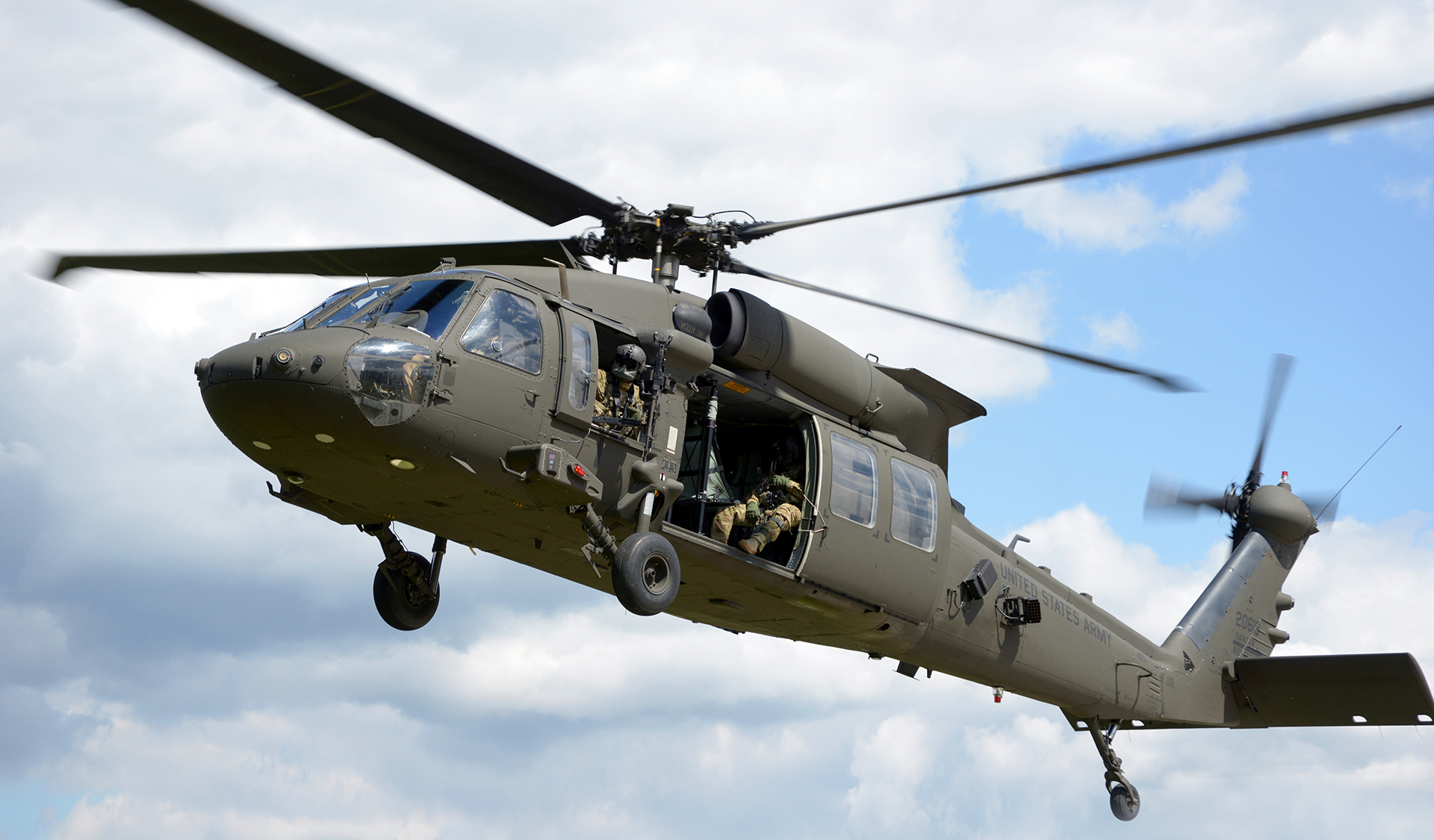Understanding the UH 60: Design, History, and Its Impact on Military Aviation
Discovering the Background and Advancement of the UH 60 Helicopter

Origins of the UH-60
The beginnings of the UH-60 helicopter can be traced back to the late 1960s, a period marked by the requirement for a flexible energy airplane that might adapt to the advancing demands of contemporary war. The united state Military acknowledged the requirement for a replacement for the older UH-1 Iroquois, which was ending up being progressively insufficient for the complexities of contemporary battle situations. In 1967, the Army initiated the Utility Tactical Transport Airplane System (UTTAS) program, which sought to establish a multi-role helicopter with the ability of numerous objectives, including army transport, medical evacuation, and logistical assistance.
The style competition brought in numerous aerospace producers, yet it was Sikorsky Airplane Firm that ultimately protected the contract in 1972. The UH-60 Black Hawk was introduced, showcasing ingenious design components and progressed innovation that set it apart from its predecessors. Its initial flight happened in 1974, and the airplane was formally embraced by the Military in 1979. The UH-60 rapidly obtained recognition for its durable efficiency, dependability, and versatility, paving the method for its substantial usage in armed forces operations and solidifying its standing as a foundation of U.S. Army aeronautics.
Key Layout Attributes
Innovative design functions of the UH-60 Black Hawk substantially add to its operational efficiency. One of the most significant elements is its twin-engine setup, which improves integrity and gives a greater power-to-weight proportion, enabling the helicopter to carry out under numerous problems. The airplane's four-blade major rotor system offers improved lift and maneuverability, important for tactical missions.

In addition, the cabin is developed for ideal visibility and comfort designs, featuring advanced avionics that enhance pilot operations. The modular layout of the UH-60 permits for simple maintenance and flexibility, making it suitable for numerous mission profiles, from troop transportation to medevac procedures. These essential design features make sure that the UH-60 Black Hawk continues to be a versatile and trustworthy asset in army air travel, efficient in meeting the demands of contemporary warfare.
Technological Developments
Recent technical innovations in the UH-60 Black Hawk have actually substantially enhanced its functional capabilities and versatility. The assimilation of advanced avionics, such as electronic trip control systems and boosted situational awareness display screens, enables pilots to operate with boosted precision and performance. These systems facilitate boosted navigation, communication, and data sharing, allowing the helicopter to function successfully in diverse environments.
Additionally, the introduction of composite products has lowered the total weight of the airplane while preserving structural honesty. This decrease enhances gas effectiveness and expands operational array. The consolidation of innovative blades innovation, consisting of making use of four-blade, totally verbalized blades systems, has boosted lift efficiency and ability to move, permitting far better handling in various flight conditions.

In addition, advancements in propulsion systems, such as the T700-GE-701D engines, have increased power result and integrity - uh 60. These engines add to superior performance in hot-weather and high-altitude conditions
Finally, the integration of self-defense systems and boosted sensing unit packages improves the Black Hawk's survivability and goal effectiveness. Collectively, these technological enhancements guarantee that the UH-60 Black Hawk stays a crucial property in contemporary aeronautics, qualified of adapting to the developing demands of altruistic and army goals.
Function in Military Operations
As the foundation of united state Military air travel, the UH-60 helicopter plays a vital duty in numerous military procedures, working as a versatile platform for battle support, transport, and medevac goals - uh 60. Its style includes click reference the capacity to run in diverse settings, making it vital for troop activity and logistical support in both non-traditional and standard war

In clinical discharge scenarios, the UH-60 has actually verified vital, dramatically minimizing the moment to move damaged soldiers from the field of battle to clinical facilities. Its sophisticated avionics and night vision abilities better make sure mission success under challenging conditions. Overall, the UH-60 helicopter stays a vital asset, constantly adjusting to satisfy the advancing needs of army operations and enhancing the efficiency of U.S. pressures worldwide.
Future of the UH-60
Looking ahead, the future of the UH-60 helicopter entails substantial advancements in technology and capacities developed to improve its functional performance. As military operations evolve, the UH-60 is expected to incorporate advanced modern technologies, including enhanced avionics, boosted tools systems, and advanced communication devices. These improvements will enable greater situational awareness and goal adaptability, making certain that the UH-60 stays a crucial property on the field of battle.
One remarkable advancement is the assimilation of fly-by-wire systems, which will boost trip control accuracy visit site and minimize pilot work. Moreover, initiatives to upgrade the airframe and engines intend to boost haul, rate, and variety capability, consequently expanding the helicopter's operational scope (uh 60).
The future also holds guarantee for boosted interoperability with unmanned aerial systems (UAS), allowing collaborated goals that take advantage of both manned and unmanned capabilities. Additionally, the unification of expert system and device learning can enhance flight dynamics and maintenance processes, bring about decreased functional expenses.
Conclusion
The UH-60 Black Hawk helicopter represents a significant achievement in military air travel, evolving from the U.S. Military's preliminary demands for a versatile energy airplane. Its ingenious style functions and continuous technical improvements have actually guaranteed its relevance in various army operations over the years. As the needs of contemporary war modification, the future of the UH-60 will likely involve more enhancements and adjustments, strengthening its status as a vital asset for armed forces worldwide.
The UH-60 Black Hawk helicopter stands for a considerable landmark in armed forces aeronautics, arising from the U.S. Military's pursuit for a much more reliable and functional energy aircraft in the late 20th century.The origins of the UH-60 helicopter can be traced back to the late 1960s, a duration noted by the need for a versatile utility airplane that can adapt to the developing demands of modern war. Overall, the UH-60 helicopter remains an important possession, continuously adapting to fulfill the advancing demands of military operations and enhancing the efficiency of United state pressures worldwide.
Looking in advance, the future of the UH-60 helicopter entails significant developments in technology and capacities made to boost its operational performance.The UH-60 Black Hawk helicopter stands for a significant success in armed forces aviation, progressing from the United state Army's initial needs for a flexible energy airplane.